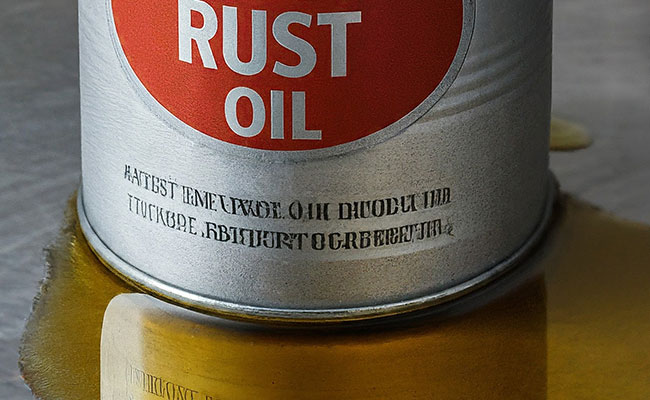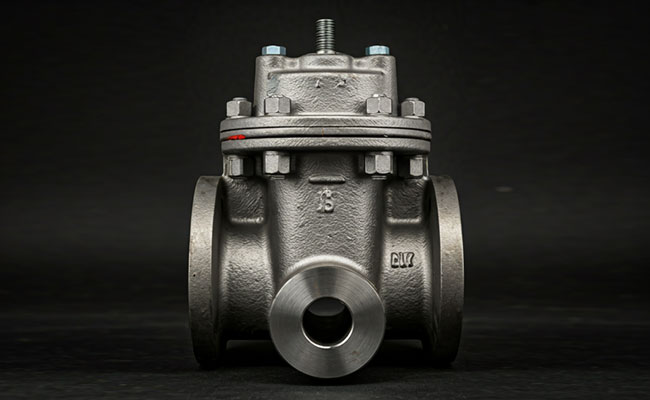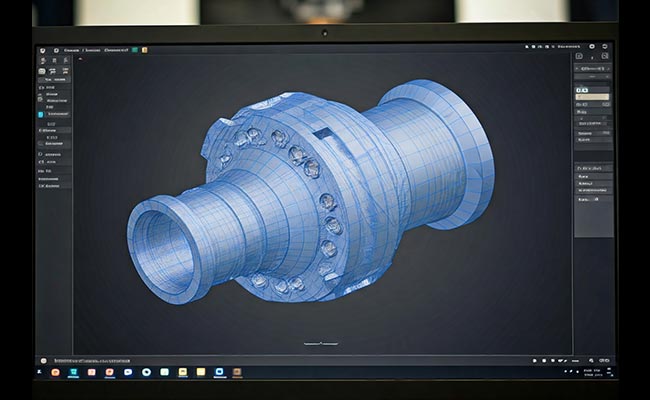
Squeeze Casting VS Forging
2024-07-22
Common Surface Treatment in Casting
2024-08-05Anti-Rust Oil:
Pros:
Long-lasting protection: Forms a barrier that repels water and moisture, offering long-term protection against rust, especially non-drying oils.
Protects from harsh environments: Effective in areas with high humidity, salt, or other corrosive elements.
Lubrication: Some oils provide lubrication in addition to rust protection.
Easy application: Often comes in spray cans or brushes for easy application.
Cons:
Attracts dirt and dust: Non-drying oils can attract dirt and debris, making surfaces appear messy.
Difficult to remove: May require degreaser or solvent for removal before painting or further treatment.
Environmental concerns: Some oils are petroleum-based and not environmentally friendly.
Fire hazard: Certain oils can be flammable.
Water-Based Anti-Rust Solution:
Pros:
Environmentally friendly: Typically made with non-toxic ingredients and water-soluble.
Easy cleanup: Water-based solutions are easier to clean up with soap and water.
Paintable: Often compatible with paint, allowing for immediate painting after application.
Less messy: Doesn’t attract dirt and dust like oil-based solutions.
Cons:
Shorter protection: May not offer long-term protection compared to oil-based solutions.
Less effective in harsh environments: Might not be suitable for areas with constant moisture or salt exposure.
May require multiple applications: Might require more frequent reapplication for continuous protection.
Choosing Between Them:
For long-term protection and harsh environments: Anti-rust oil is generally better, especially non-drying oils.
For environmentally friendly applications and easy cleanup: Water-based solutions are the preferred choice.
For painting afterwards: Water-based solutions are a better option due to compatibility.
For short-term protection and indoor use: Either option can work, depending on your preference for clean-up or long-lasting protection.
Additional factors to consider:
Metal type: Some solutions might be better suited for specific metals.
Surface finish: Certain solutions work better on bare metal vs. painted surfaces.
Application method: Consider spray, brush, or dip application options available for each solution.




